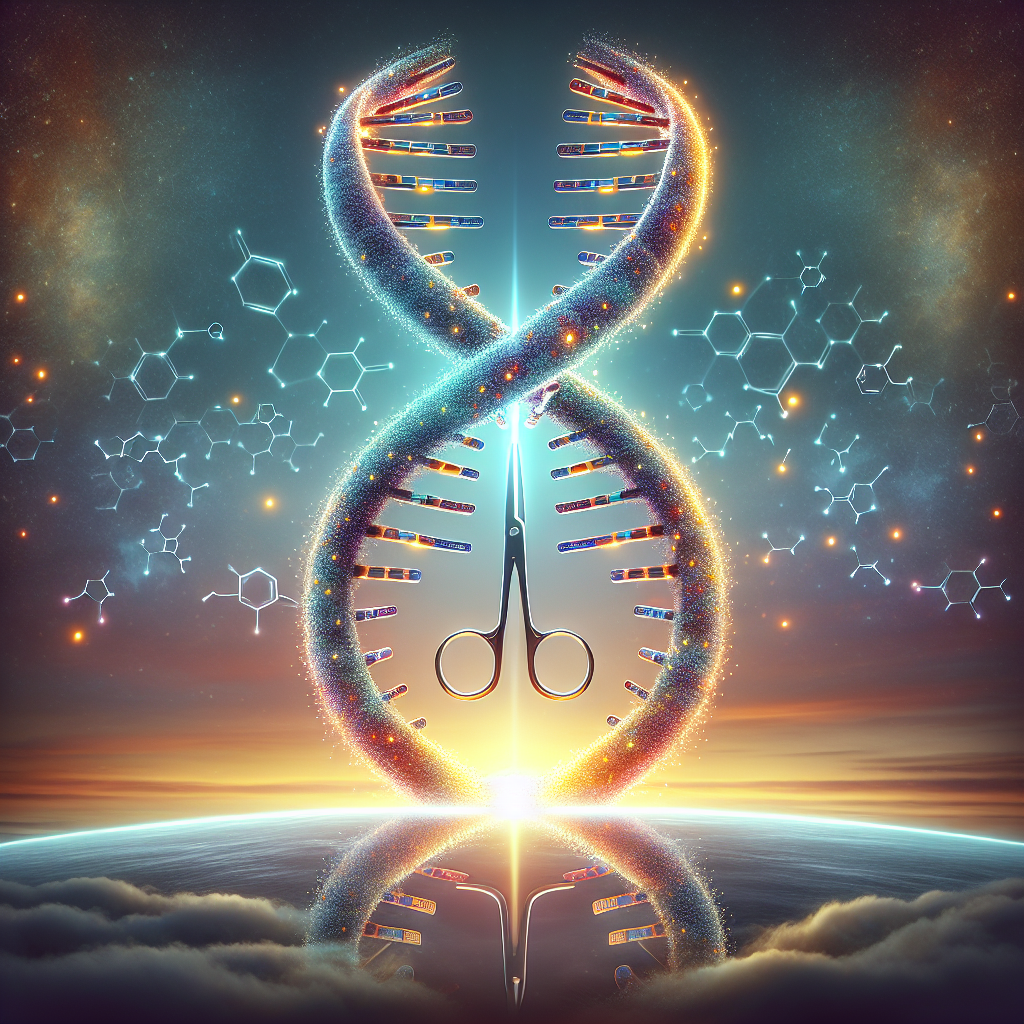CRISPR - The Dawn of Human DNA Editing
CRISPR Technology - DNA Editing
Fascinating exploration into the world of CRISPR technology—an avenue that is reshaping the future of human health. For decades, the idea of editing human DNA has seemed like the stuff of science fiction. Now, however, the reality is here, and the implications are both thrilling and significant.
The headline here is clear: Human DNA editing is no longer a distant dream. It’s already a tangible technology that scientists are employing to effect change at the most fundamental levels of biology. This is not merely about theoretical possibilities; real-world applications are taking shape before our eyes.
A Microscopic Revolution
"There's a microscopic technology that now gives us the power to edit our own genes while we’re alive."
This statement encapsulates the groundbreaking nature of CRISPR. It’s a game-changer—a powerful tool that allows for precise modifications to the genetic code. Imagine being able to target and edit specific genes that contribute to diseases, enhancing our bodies' natural capabilities, or even redefining what it means to be human.
The implications extend beyond mere health benefits. CRISPR opens the door to possibilities that once seemed impossible. Think about the potential to cure genetic disorders, potentially prevent chronic illnesses, or even boost our physical and cognitive abilities. The long-term vision is staggering—what if we could provide our children with abilities that no one has ever had before?
Bridging Science and Everyday Life
"This is not some sci-fi future!"
The reality of CRISPR technology is much closer than we think. We're already witnessing its application in various fields. For instance, agricultural advancements showcase how scientists are employing CRISPR to enhance crop yield and develop new plant species with desirable traits.
Additionally, the technology has been utilized in the animal world, fostering the creation of new species that can thrive in changing environments. Theoretical discussions surrounding CRISPR often focus on human application, but the ongoing advancements in plants and animals lay the groundwork for a broader understanding of what this technology can achieve.
The Ethical Dimensions
As with any powerful technology, the rise of CRISPR also brings about ethical considerations. The ability to alter human DNA poses questions: Who gets to decide how this technology is used? What are the implications of gene editing in terms of social equity and access?
In exploring gene editing, it is crucial to balance innovation with ethical responsibility. While the potential to cure diseases and enhance human capabilities is enticing, it is essential to engage in a thoughtful dialogue surrounding the moral ramifications. Striking the right balance will be key as we forge ahead into this new era of genetic manipulation.
Conclusion: Embracing the Future
Ultimately, the advancements in CRISPR and human DNA editing represent a thrilling frontier in medical science. The possibilities seem limitless, and the journey has only just begun. The notion that we are "not ready for what CRISPR can do next" encapsulates the excitement and apprehension surrounding this technology.
"As we stand on the brink of this genetic revolution, it’s clear that the conversation is about more than just science—it's about shaping the future of humanity."
Prepare for a world where we not only understand our genetic makeup but can also refine it. This is an era characterized by exploration, responsibility, and profound potential!
